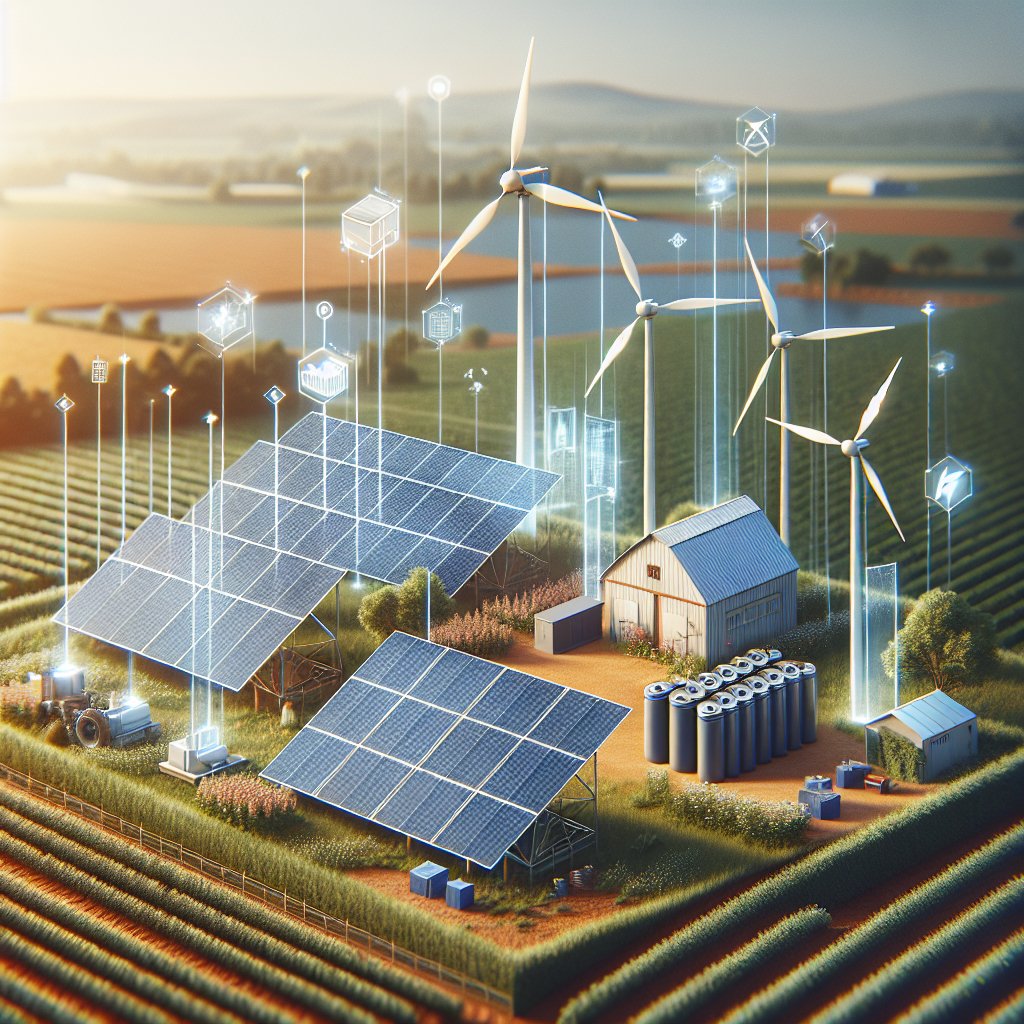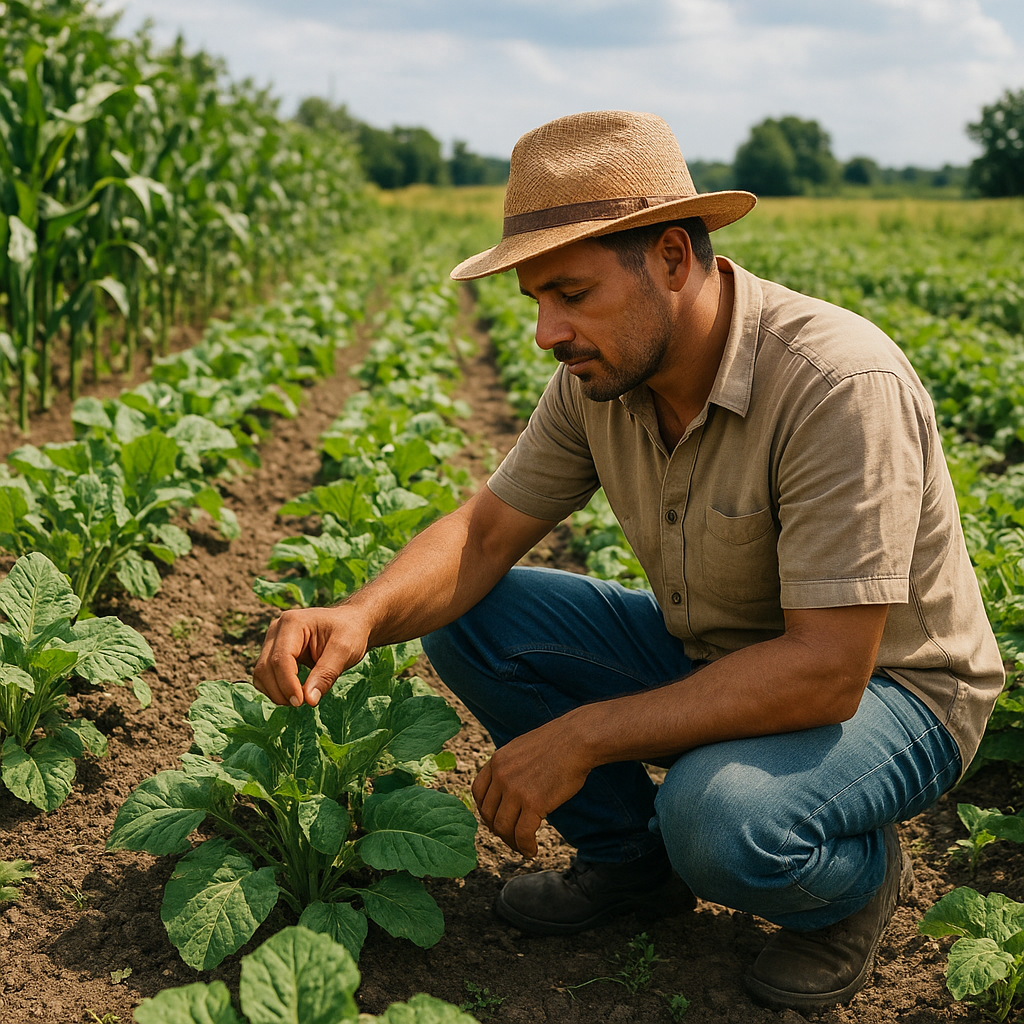
As the demand for sustainable and renewable energy sources continues to rise, solar power systems have become an increasingly popular solution for meeting the energy needs of farms. Harnessing the power of the sun not only reduces reliance on fossil fuels but also offers a cost-effective and environmentally friendly alternative. This article will guide you through the process of setting up solar power systems tailored to the specific energy requirements of agricultural operations.
Understanding the Energy Needs of a Farm
Before embarking on the journey of installing a solar power system, it is crucial to have a comprehensive understanding of the farm’s energy needs. Farms vary significantly in size, type, and energy consumption patterns, which means that a one-size-fits-all approach is not feasible. The first step is to conduct an energy audit to assess the current energy usage and identify areas where solar power can be most effectively utilized.
An energy audit involves analyzing the farm’s electricity bills, identifying peak usage times, and understanding the specific energy requirements of different operations. For instance, dairy farms may have high energy demands for milking machines and refrigeration, while crop farms might require energy for irrigation systems and machinery. By understanding these needs, farmers can determine the size and capacity of the solar power system required to meet their energy demands.
Additionally, it is essential to consider future energy needs. As farms grow and expand, their energy requirements may increase. Planning for scalability in the solar power system can ensure that it continues to meet the farm’s needs over time. This forward-thinking approach can save costs and prevent the need for significant modifications or additional installations in the future.
Designing and Installing the Solar Power System
Once the energy needs have been thoroughly assessed, the next step is to design a solar power system that aligns with those requirements. The design process involves selecting the appropriate type and size of solar panels, inverters, and battery storage systems. It is crucial to work with experienced solar energy professionals who can provide expert guidance and ensure that the system is optimized for efficiency and performance.
The location of the solar panels is a critical factor in the design process. Ideally, panels should be installed in areas that receive maximum sunlight exposure throughout the day. This could be on rooftops, open fields, or specially constructed solar arrays. The orientation and tilt of the panels should also be optimized to capture the most sunlight possible, taking into account the geographical location and seasonal variations in sunlight.
In addition to the solar panels, inverters play a vital role in converting the direct current (DC) generated by the panels into alternating current (AC) that can be used by farm equipment and fed into the grid. Choosing the right inverter is essential for maximizing the efficiency of the solar power system. There are different types of inverters available, including string inverters, microinverters, and power optimizers, each with its own advantages and considerations.
Battery storage systems are another important component of a solar power system, especially for farms that require a reliable energy supply even when the sun is not shining. Batteries store excess energy generated during the day for use during nighttime or cloudy periods. This ensures a consistent energy supply and can also provide backup power in case of grid outages. The capacity and type of battery storage system should be selected based on the farm’s energy consumption patterns and backup power needs.
Once the design is finalized, the installation process can begin. It is crucial to hire qualified and experienced installers to ensure that the system is set up correctly and safely. Proper installation not only maximizes the efficiency and lifespan of the solar power system but also ensures compliance with local regulations and safety standards.
Maintenance and Monitoring of Solar Power Systems
After installation, regular maintenance and monitoring are essential to ensure the solar power system operates at peak efficiency. While solar panels are generally low-maintenance, periodic cleaning and inspections are necessary to remove dust, debris, and any potential obstructions that could reduce their efficiency. Inverters and battery systems should also be checked regularly to ensure they are functioning correctly.
Monitoring systems can provide real-time data on the performance of the solar power system, allowing farmers to track energy production, consumption, and any potential issues. This data can be invaluable for optimizing energy usage and identifying areas for improvement. Many modern solar power systems come with integrated monitoring solutions that can be accessed remotely via smartphones or computers, providing convenience and ease of use.
In addition to regular maintenance, it is important to stay informed about advancements in solar technology and potential upgrades that could enhance the system’s performance. As technology evolves, new solutions may become available that offer increased efficiency, better storage options, or improved integration with other farm systems. Staying up-to-date with these developments can help farmers make informed decisions about potential upgrades or expansions to their solar power systems.
Financial Considerations and Incentives
Setting up a solar power system for a farm involves significant financial investment, but it is important to consider the long-term benefits and potential cost savings. Solar power can significantly reduce electricity bills, and in some cases, farms may even generate excess energy that can be sold back to the grid, providing an additional revenue stream.
There are also various financial incentives and programs available to support the adoption of solar power in agriculture. These may include tax credits, grants, and low-interest loans offered by government agencies or private organizations. Researching and taking advantage of these incentives can help offset the initial costs and improve the return on investment for solar power systems.
Furthermore, many regions have net metering policies that allow farms to receive credits for the excess energy they produce and feed back into the grid. Understanding the local policies and regulations regarding net metering can help farmers maximize the financial benefits of their solar power systems.
In conclusion, setting up a solar power system for farm energy needs requires careful planning, design, and implementation. By understanding the farm’s energy requirements, designing an efficient system, and taking advantage of financial incentives, farmers can harness the power of the sun to meet their energy needs sustainably and cost-effectively. With the right approach, solar power can be a valuable asset for agricultural operations, contributing to a more sustainable and resilient future.

